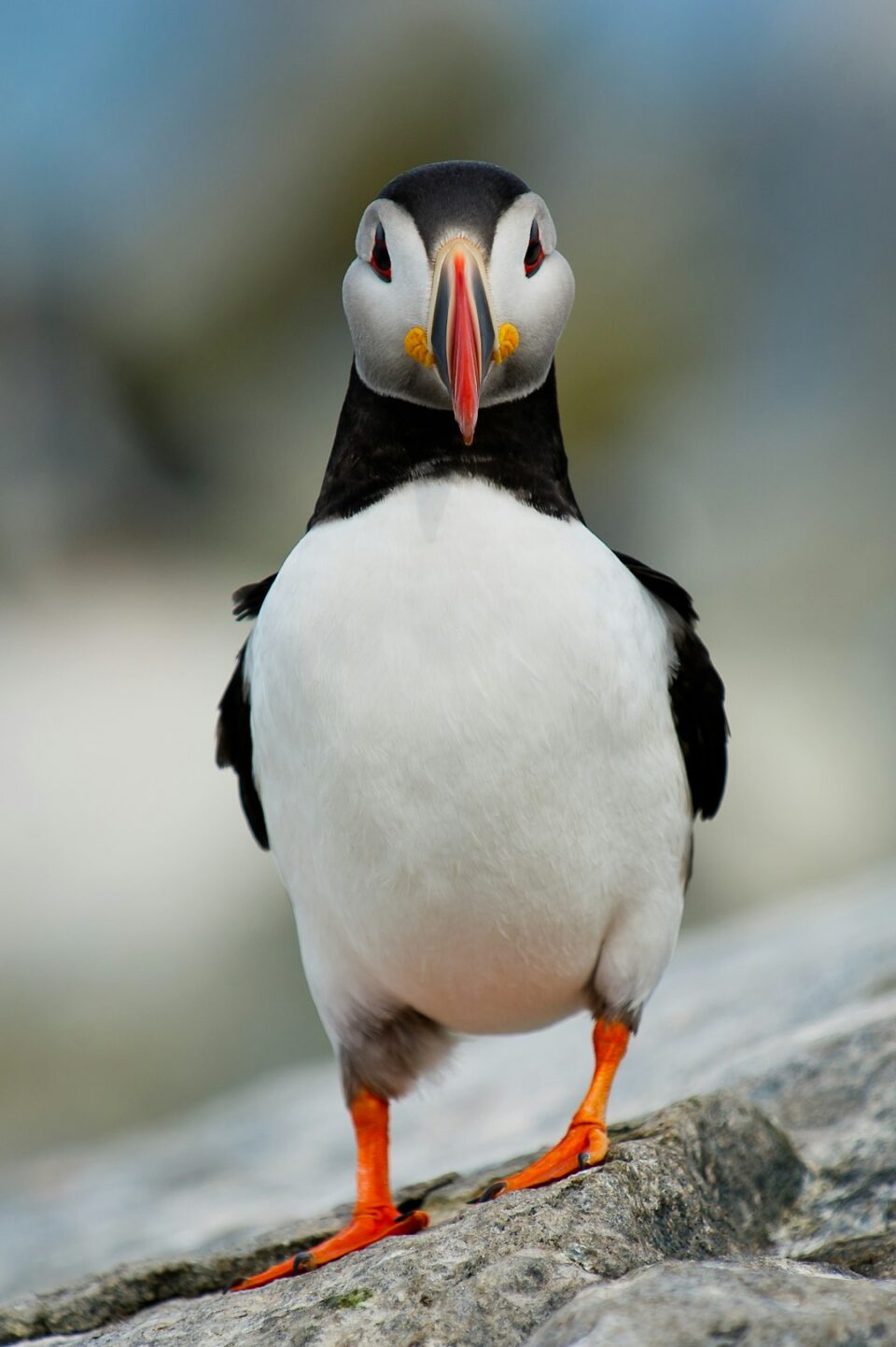Spaying and neutering pets is a key component of responsible pet ownership. Beyond simply preventing unwanted litters, these procedures offer a multitude of benefits for both pets and society as a whole. In this blog post, we will explore the importance of spaying and neutering pets and why every pet owner should consider having their furry companions undergo these procedures.
One of the primary reasons to spay or neuter a pet is to prevent overpopulation. Each year, millions of animals end up in shelters across the country, with many of them being euthanized due to lack of space and resources. By spaying and neutering pets, we can help reduce the number of homeless animals and alleviate the burden on shelters and rescue organizations.
In addition to reducing overpopulation, spaying and neutering can also improve the health and behavior of pets. For female pets, spaying can prevent uterine infections and breast tumors, which are common in unspayed animals. It can also eliminate the risk of unwanted pregnancies and the complications that can arise during labor and delivery. Neutering male pets can reduce the risk of testicular cancer and prostate problems, as well as eliminate the urge to roam and mark territory, which can lead to fights with other animals and injuries.
Furthermore, spaying and neutering can help prevent behavioral issues in pets. Intact male animals are more likely to display aggressive or dominant behavior, such as marking territory, mounting other animals, and fighting with other males. By neutering them, we can reduce these behaviors and create a calmer and more obedient pet. Female animals may also benefit from spaying by reducing behaviors associated with their heat cycles, such as yowling, pacing, and attracting male suitors.
Another important reason to spay and neuter pets is to promote responsible pet ownership. By preventing unplanned litters, pet owners can avoid the financial and emotional burden of caring for multiple animals. It also encourages people to think carefully about bringing a new pet into their home and consider the long-term commitment and responsibility that comes with pet ownership.
Spaying and neutering can also have a positive impact on the community at large. Unwanted animals can become a nuisance in neighborhoods, causing noise disturbances, spreading diseases, and even posing a threat to public safety. By reducing the number of stray and feral animals through spaying and neutering, we can create safer and cleaner communities for both humans and animals.
Despite the many benefits of spaying and neutering, some pet owners may have concerns or misconceptions about these procedures. One common misconception is that spaying and neutering will make pets fat or lazy. In reality, weight gain is more likely due to overfeeding and lack of exercise, rather than the procedure itself. With proper diet and exercise, spayed and neutered pets can maintain a healthy weight and live a happy and active life.
Another concern is the cost of spaying and neutering, as some pet owners may view it as an unnecessary expense. However, the cost of these procedures is relatively low compared to the potential costs of caring for unplanned litters or treating health issues related to not being spayed or neutered. Many animal welfare organizations and clinics offer low-cost or discounted spay/neuter services to make it more accessible for pet owners.
In conclusion, spaying and neutering pets is a crucial part of responsible pet ownership. By preventing overpopulation, promoting good health and behavior, and fostering responsible pet ownership, these procedures can benefit pets, pet owners, and the community as a whole. If you are a pet owner, consider spaying or neutering your furry companion to help create a happier and healthier future for animals everywhere.


